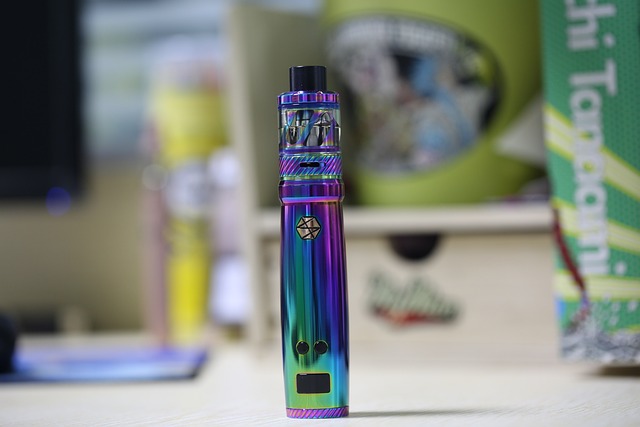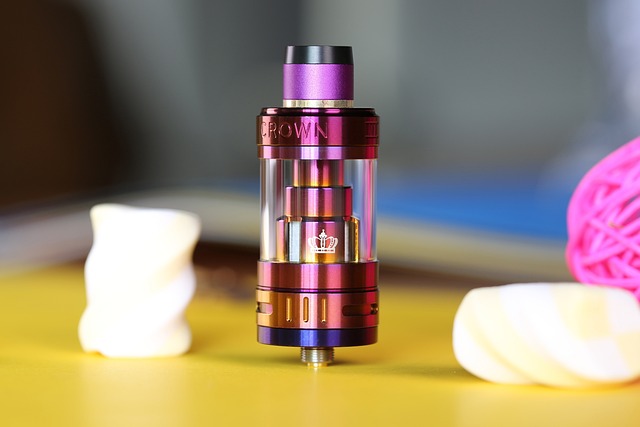1. Introduction to Naked Gold
Naked Gold is a term that combines the concept of ‘naked’ or exposed investment strategies with the precious metal gold. It signifies an investment approach that embraces transparently trading in gold without any complex financial instruments or derivatives. This method emphasizes direct ownership of the gold asset, which many investors see as a hedge against inflation and economic uncertainty. In this article, we will delve into the nuances of Naked Gold, how to invest in it, its advantages and disadvantages, and strategic tips for investors.
2. Understanding Naked Gold Investments
Naked Gold investments refer to directly owning physical gold in the form of bullion, coins, or other gold forms without engaging in derivatives like futures or options. This direct investment allows individuals to hold tangible assets, which can provide a sense of security compared to digital or paper-based investments. Naked Gold is especially appealing during times of economic distress when currencies may lose value, prompting investors to flock to gold as a stable store of value.

3. How to Invest in Naked Gold
Investing in Naked Gold involves several steps: identifying the form of gold you wish to purchase, finding reputable dealers, and understanding the logistics of storage and insurance. Here are detailed steps to guide you through the investment process:
3.1. Decide on the Form of Gold
Gold can be purchased in various forms, including gold bars, coins, and jewelry. Each form has its own trade-offs regarding cost, liquidity, and resale value. Coins, like the American Gold Eagle or Canadian Maple Leaf, are often easier to buy and sell than gold bars but can come with a premium. Calmly assess your investment goals and select the form that aligns best with your needs.
3.2. Find Reputable Dealers
Once you’ve decided on the form of gold, it’s crucial to find a reliable dealer. Look for dealers who are members of recognized professional organizations, such as the Professional Coin Grading Service (PCGS) or the American Numismatic Association (ANA). Online reviews and ratings can also help gauge the trustworthiness of the dealer. Always request certificates of authenticity, especially when purchasing coins or high-value items.
3.3. Understand Pricing and Premiums
The price of gold fluctuates based on global market trends. When investing, familiarize yourself with the current spot price of gold. You also need to account for premiums that dealers charge on top of the spot price for their goods. These premiums can vary based on demand, form of gold, and dealer reputation. Understanding these costs is essential to avoiding overpaying.
3.4. Storage and Insurance
After the purchase, consider where to store your Naked Gold. Options range from home storage to safety deposit boxes or vaults offered by professional storage firms. Home storage provides easy access but entails risks like theft or damage. If choosing a storage facility, ensure that it has adequate insurance. Insuring your gold is vital in protecting your investment against loss or theft.
4. Advantages of Naked Gold Investments
One of the main advantages of Naked Gold investments is the tangible nature of the asset. Unlike stocks or bonds, physical gold cannot be devalued by market fluctuations or corporate failures. Additionally, gold often retains its value during economic downturns, making it a solid hedge against inflation. Holding physical gold can also provide psychological comfort during uncertain times, giving investors a sense of stability rooted in a physical asset.
5. Disadvantages of Naked Gold Investments
Despite its advantages, Naked Gold investments come with drawbacks. The primary concern is storage; safely storing physical gold requires both space and measures against theft. Additionally, physical gold is less liquid than other investments, meaning it may take time to find buyers and complete transactions. Also, transactions involve tangible costs such as dealer premiums, storage fees, and often insurance costs that can eat into profits.
6. Strategic Tips for Investing in Naked Gold

To maximize the potential of Naked Gold investments, consider the following strategies:
1. Diversification: Even if you believe in gold, don’t put all your money into this single asset. Diversify across multiple commodities, stocks, bonds, and cash to reduce risk.
2. Regular Monitoring: Keep an eye on gold market trends and economic indicators. This awareness will help you make informed decisions about when to buy or sell.
3. Dollar-Cost Averaging: Consider buying gold regularly rather than in lump sums. This approach can help mitigate the volatility of gold prices over time.
7. Answers to Common Questions about Naked Gold
What are the key benefits of investing in Naked Gold compared to other investments?
The key benefits of investing in Naked Gold include its stability and inherent value as a tangible asset. Unlike stocks and bonds, gold has historically retained its purchasing power over time, making it a reliable safeguard against inflation. Physical gold cannot be devalued by corporate failures or geopolitical crises, which is a crucial advantage that appeals to conservative investors.

How should one start investing in Naked Gold if they are new to gold investments?
Beginners can start investing in Naked Gold by first educating themselves about the different forms and markets of gold. Begin by purchasing gold coins from reputable dealers and starting with a small investment to understand the market dynamics. It’s essential to factor in potential premiums and storage costs. Joining online forums or relevant investment groups can also offer insights from experienced investors.
Is Naked Gold investment suitable for everyone?
Naked Gold investment is not suitable for all investors. It is often recommended for those looking for a hedge against economic instability or inflation. However, it requires a commitment to security, storage, and insurance costs that may not align with the financial strategy of every investor. It’s critical to evaluate your financial goals, risk tolerance, and the amount of capital you’re willing to allocate to gold before making a decision.





